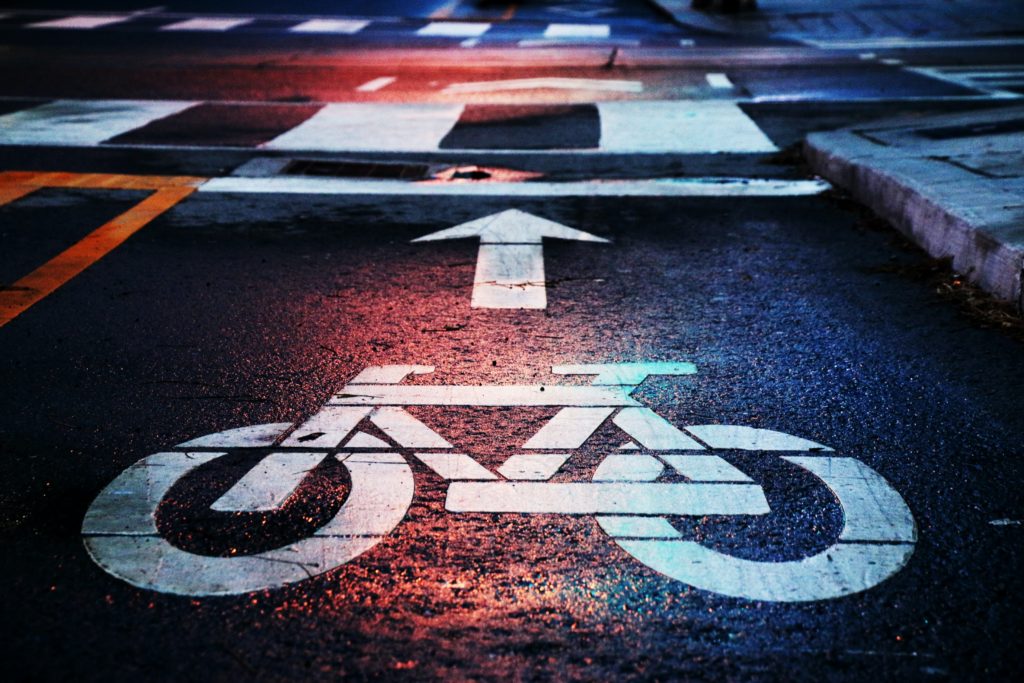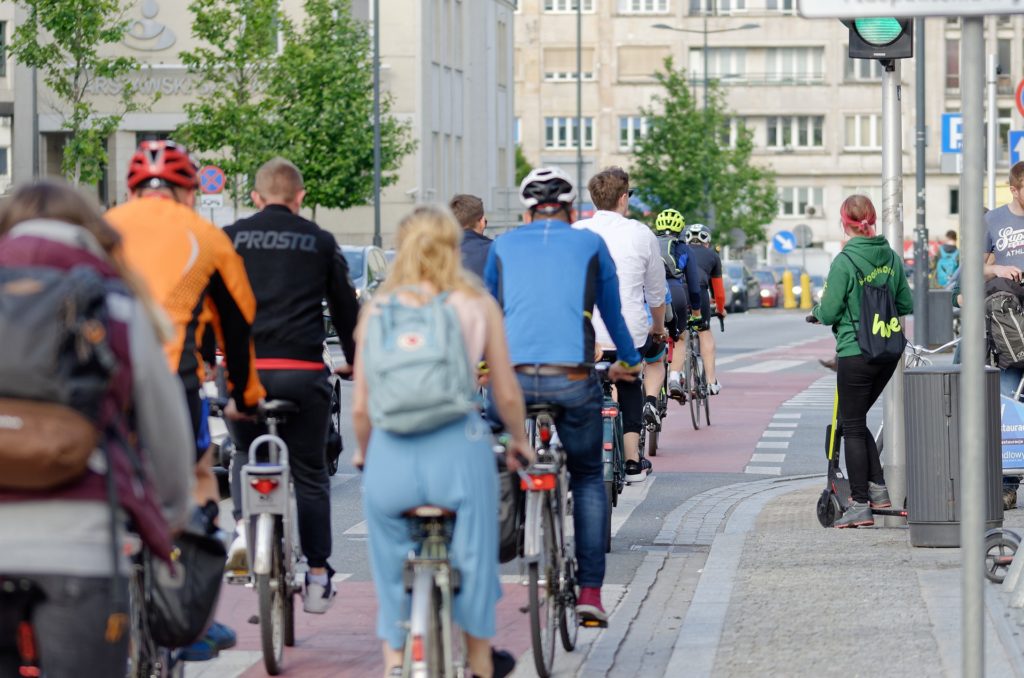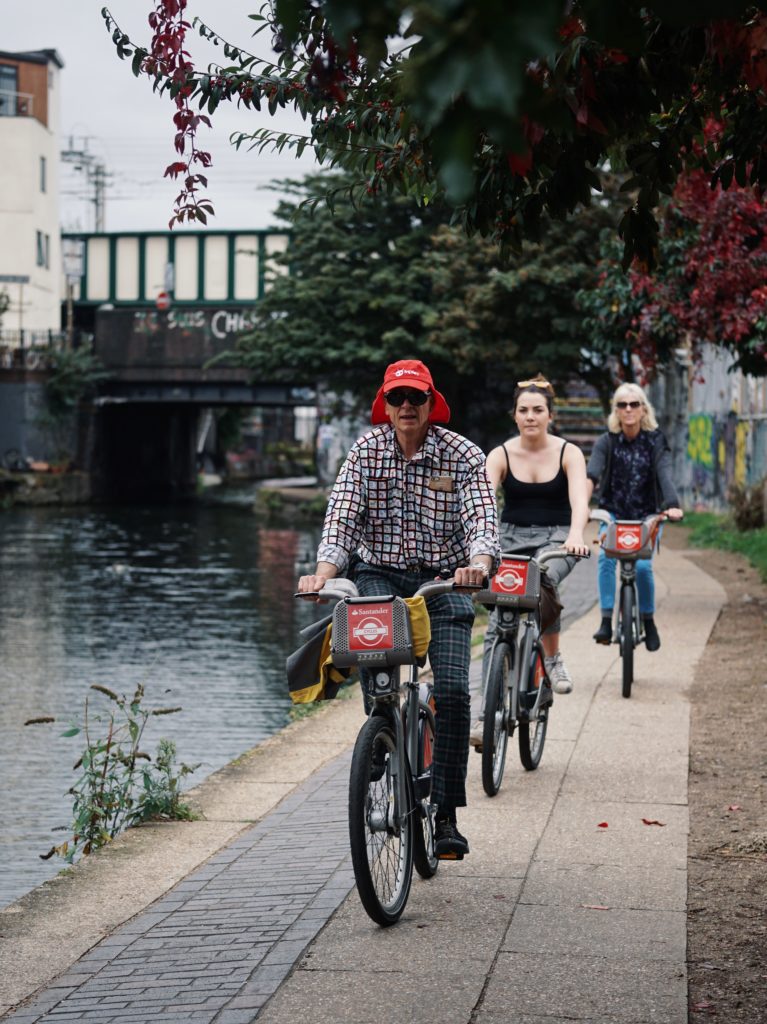How cycling can save the NHS and the environment
By Jessica Tinkler MSc Climate Change: Impacts, Adaptation and Mitigation Graduate (Ethical Team Intern Associate)

In the first week of “Emerging Planet”, I eluded to the possibility of green infrastructure as an economic recovery tool during COVID-19. Key components of urban areas for climate mitigation and adaptation planning include decarbonisation of the energy network but also creating resilient, adaptable cities through introducing green urban planning and clean transport.
COVID-19 has presented society with a period of uncertainty. Looking forward, we must also anticipate and prepare for the insurmountable impacts of an uncertain future and a changing climate. To mitigate climate change and to maintain a global temperature rise of 1.5℃, the UN states that emissions must be cut by 7.6% every year for the next decade. World leaders must, therefore, focus on trying to sustain and increase the emission reductions observed during this lockdown.

How can infrastructure and improving access to sustainable mobility help?
It is well understood by economists that infrastructure investment can strengthen the economy for a sustained period, creating vital jobs, to assist us through economic hardships. The focus on stimulus packages to revitalise the economy will almost certainly include infrastructure, but where investment will be allocated is up for debate.
Throughout lockdown, emissions have sharply declined across the developed world, a glimmer of promise and potential for the green economy. As lockdown is lifted, and risks posed by public transport are made explicit, the workforce are taking to the roads. Despite weeks of reduced emissions, up to a quarter lower than usual, it is likely that emissions will escalate to unprecedented levels without intervention, surpassing the pre-pandemic rates.

If governments choose to respond to this foreseen trend in emissions, it can be countered through:
- Proposals to support “work from home” in the long term and “flexi-working”, automatically reducing traffic on the roads.
- Through investments in walking and cycling infrastructure.
Requirements to socially distance have been a wake-up call that the UK has outdated roads and pavements which are unfit to support individuals who wish to cycle safely and those who choose to walk. In May, Transport Secretary Grant Shapps, released a £250M emergency fund to introduce “pop up” bike lanes and wider pavements across the country which have been well received. These pop-up lanes have been visible in major cities across the country and are a step towards cycle-friendly cities in the interim.

The UK could seek to imitate the “supercycle” highways introduced by Copenhagen, Denmark. This is transforming urban planning and infrastructure development with climate change and public health at the forefront of design and investment. Recent socio-economic analyses have estimated that Copenhagen’s “superhighways” have provided an economic surplus of €765 million. The Danish government advocate for prioritisation of cycle infrastructure as it is a relatively inexpensive transportation mechanism to install and has innumerable economic benefits; reducing air pollution and decreasing healthcare costs for instance.

In the wake of COVID-19 cycle investment could reduce pressure for the NHS while reducing our emissions and improving the local environment.
In the UK, promises and plans around cycling and walking before and during COVID-19, have been the environmental “buzz” for both the Scottish Government and Westminster. But whether these promises will materialise into tangible action or mere tokenism, time will tell. Let’s hope these plans don’t fall to the same fate as the afforestation commitments.
Join Mailing List
